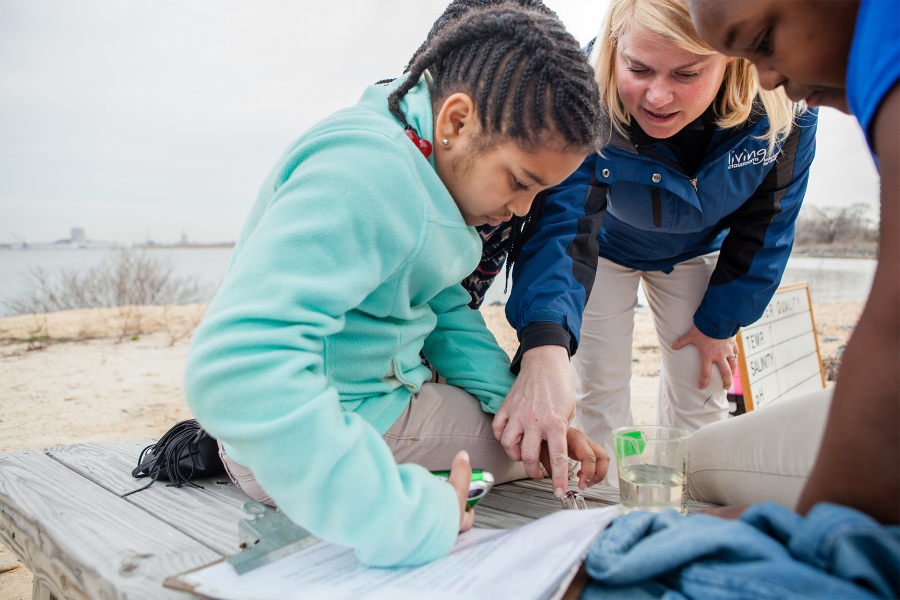De-buzzing the latest environmental buzzword

Now at the forefront of environmental conversations, “intersectionality” is at the cusp of becoming a buzzword: a phrase that loses meaning due to its overuse and popularity.
The term relates to the overlap between personal identities and the natural and built environments—such as how one’s race, gender or class determines the quality of the air they breathe, their proximity to local parks or their experience with flooding. While it’s critical that intersectionality is considered in environmental restoration, it is more critical that it does not become a buzzword.
Buzzwords lack meaning, and more importantly action, which are two of the most crucial components of intersectionality. If intersectionality solely becomes a buzzword, environmental organizations and businesses could wield it to satisfy conversations on diversity.
When I started my summer internship with the Chesapeake Bay Program’s Diversity Workgroup, I was naturally skeptical of how the organization might be using the term. But during my internship, I saw that intersectionality is not only a guiding discipline within the workgroup, but one that is acted upon and not simply used as a buzzword.
First formed in 2014, the Diversity Workgroup includes leaders from dozens of organizations—many of which serve historically underrepresented communities—and is tasked with achieving the Bay Program’s Diversity Outcome. As an intern within the workgroup, I joined bi-weekly meetings in which we often discussed how race, class and gender intersects with the environment. Leaders from organizations such as EcoLatinos, First Alliance Consulting LLC and Prince George's Environmental Justice/Equity Marginalized & Low Income Collaborative contributed to these conservations and offered perspectives from their communities. Just holding these meetings lay the groundwork for impactful intersectional work and keeps the word from becoming just a buzzword.
During the internship, I also conducted research on green job training in order to help organizations like EcoLatinos create their own programs. I developed an analysis on over thirty workforce development and certification programs, including information on target groups, focus areas, language barriers and a plethora of other criteria. Through the creation of a green workforce development program, EcoLatinos will be able to increase Latino access to employment opportunities while supporting environmental projects in the area. In doing so, EcoLatinos is working at the intersection of ethnicity and the environment. This work, by definition, is very intersectional, and the actions that will be taken as a result will advance our intersectional work.
Intersectionality becoming a buzzword is a concern for actionable environmental work. However, through program implementation such as the Diversity Workgroup, and smaller projects that focus on varying overlaps of environmental work, like my summer research, the Bay Program assures that intersectionality will be forever actionable.

Comments
There are no comments.
Thank you!
Your comment has been received. Before it can be published, the comment will be reviewed by our team to ensure it adheres with our rules of engagement.
Back to recent stories